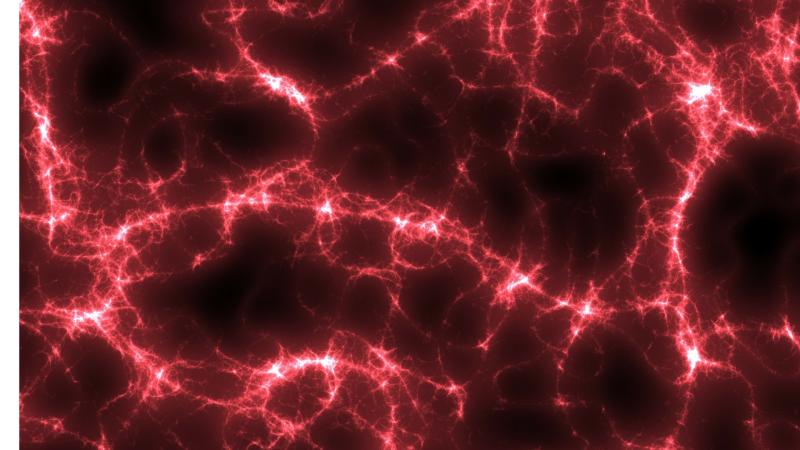
A team of researchers from Indian Institute of Science, Bengaluru, Université Paris-Saclay, Gif-sur-Yvette, France and Technische Universität München, Germany has provided a material design strategy for polycrystalline piezoelectrics that could achieve electrostrain values larger than 1%. The breakthrough could result in cheaper and efficient piezoelectric actuators.
Piezoelectric materials are those which produces a tiny amount of electrical charge, when a mechanical stress is applied. Or, conversely, a mechanical strain is induced in the material when an electric field is applied. Piezoelectric crystals, like quartz have been long used in devices like watches and medical instruments. These materials provide the ability convert electrical energy into mechanical energy in the form of tiny deformations in the material.
Single crystal piezoelectric materials, like quartz, Rochelle salt and topaz have been the preferred material for designing piezoelectric devices like actuators and motors. Recently, polycrystalline piezoelectric ceramics have gained the interest of researchers due to their low cost processing and accuracy in controlling the conversion. Polycrystalline piezoelectric materials, however, have never been able to produce electrostrain values-which is a measure of the degree to which the materials deforms for a given value of the applied electric field, of larger than 1%.
In their breakthrough study, the researchers have reported a novel material design strategy which allows them to achieve an electrostrain value of close to 1.3%. They have exploited the efficient switching of ferroelectric to ferroelastic domain of a material by an electric field, to achieve the higher electrostrain value. They have proposed using a pseudo-ternary ferroelectric alloy system, made of Bismuth Ferrite (BiFeO3), Lead Titanate (PbTiO3), and a Perovskite(LaFeO3).
Their study has revealed that the larger electrostrain is a result of several factors, including a large spontaneous lattice strain and domain miniaturization. The researchers believe this breakthrough could be utilized to build highly efficient polycrystalline piezoelectric actuators.
Talking about their research, the researchers say “This insight for the design of a new class of polycrystalline piezoceramics with high electrostrains may be useful to develop alternatives to costly single-crystal actuators”






